Manitoba Red River History At St. Andrew’s Rectory
Rectory of oldest church in continuous use in Western Canada provides glimpse into Red River history at St. Andrews, Manitoba
St. Andrew’s Anglican (Episcopalian) Church, built in 1844 – 1849, is the oldest church in continuous use in western Canada. Across the road from its location in the R.M. of St. Andrews north of Winnipeg, Manitoba is St. Andrew’s Rectory, built in 1851 – 1854. Both the church and the rectory are designated Historic Sites of Canada.
The church, built along the banks of the Red River, was originally known as Grand Rapids Church. The rapids for which the area was named no longer exist. They disappeared in 1910 when St. Andrew’s Dam was built a few miles down the river.
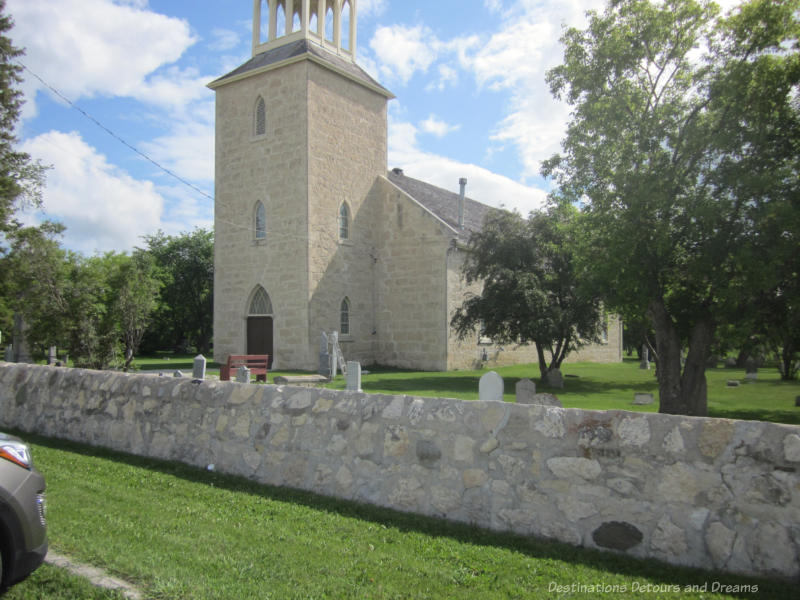
The Rectory received its national historic designation because it is a good example of mid 19th-century Red River architecture. Hudson’s Bay architecture is an adaption of Scottish building techniques to the Canadian prairies. Walls were constructed in the manner of Scottish stone masons using local limestone. The wooden verandah was a typical French-Canadian adaptation found throughout the Red River area.
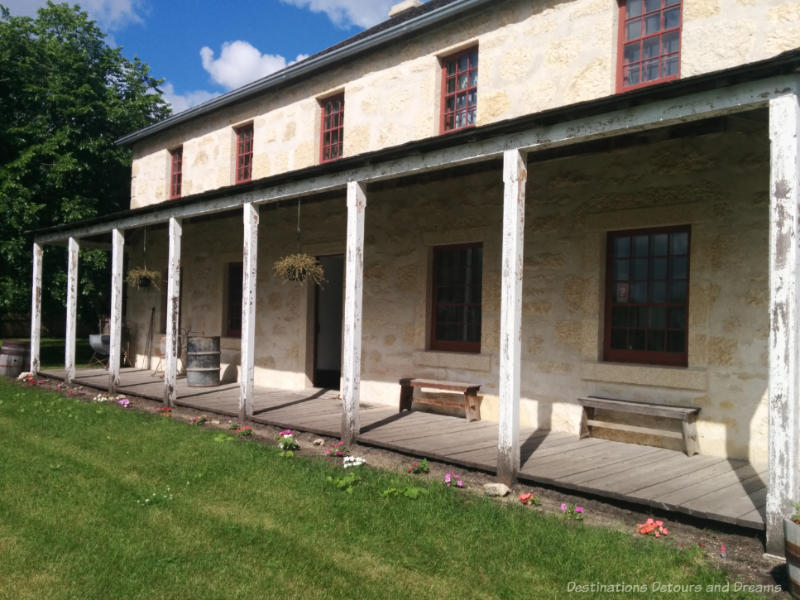
The Rectory belongs to Parks Canada and had been closed for a number of years because of budget constraints. It opened its doors to the public again in the summer of 2014 due to a deal reached with St. Andrews Heritage Centre, which pays operating expenses. The rooms display assorted artifacts and panels of information about the history of the area and the clergy and missionaries who lived in the house. A guide told me it was difficult to identify exactly how each room had been used because the house had many uses and occupants over the years. An upstairs room displays tartans of Scottish clans.
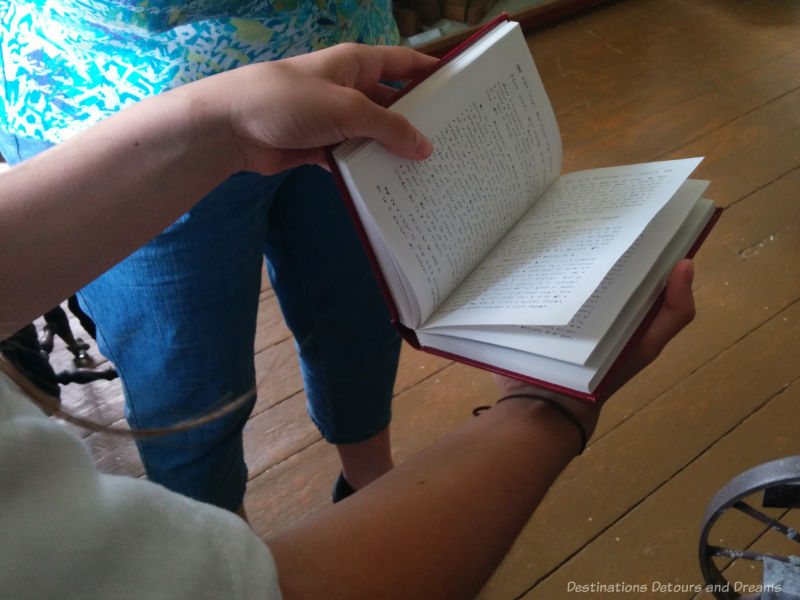
Reverend James Hunter, stationed at St. Andrew’s from 1855 to 1865, translated the Book of Common Prayer and several books of the Bible into Cree, with the help of his second wife, who had learned Cree as a child.

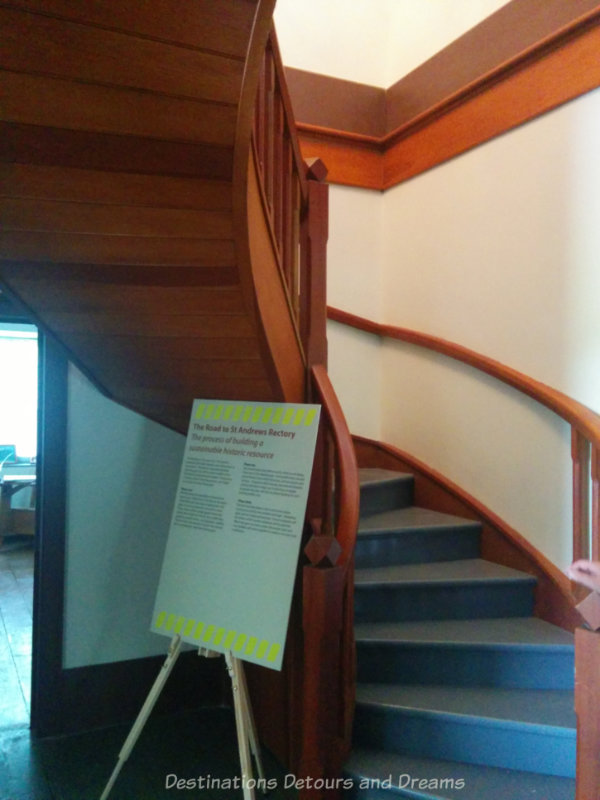
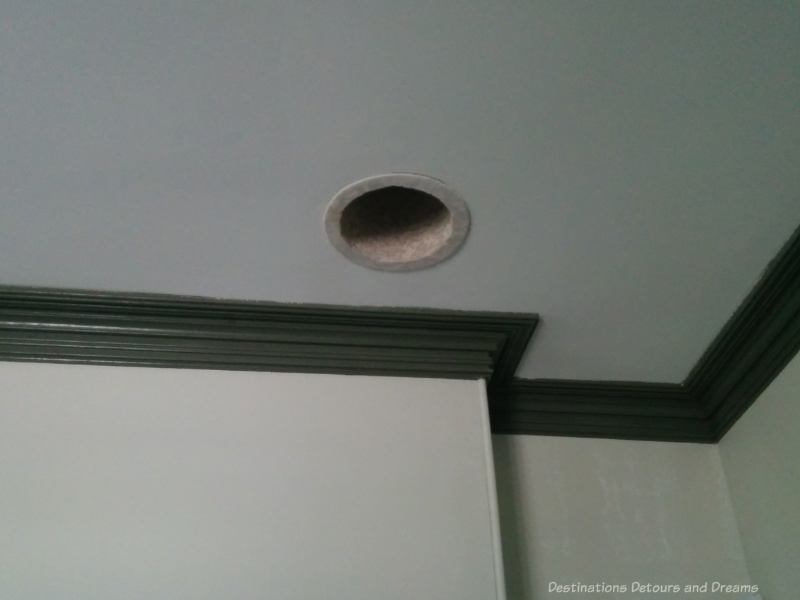
The stone rectory replaced previous wooden structures, which had been destroyed by hail and tornado-force winds. The current stone structure was rebuilt by Parks Canada in the 1980s because the foundation was crumbling, It was taken apart brick by brick. Each block was numbered, the foundation was rebuilt, and the blocks re-assembled in order.

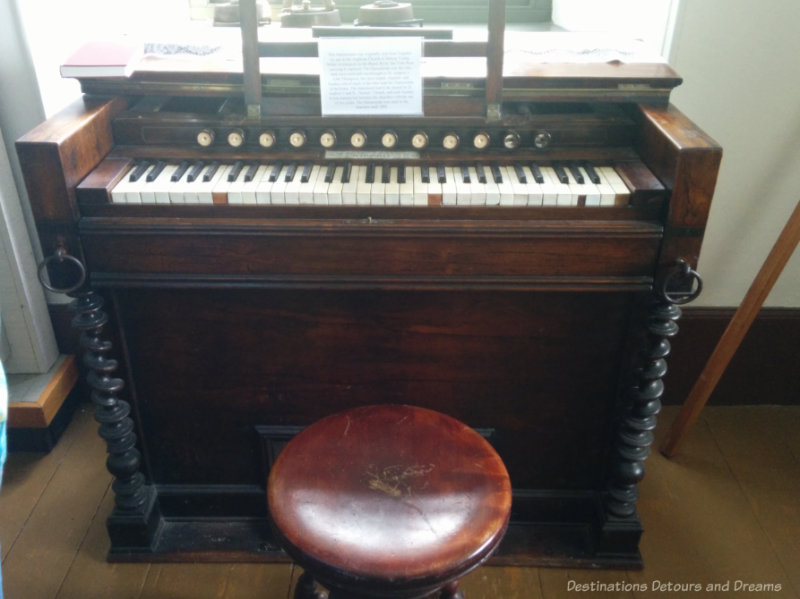
A harmonium on display at the Rectory once fell out of a boat and sank to the bottom of the river. It was retrieved and found to still be in good, working order. The harmonium was shared between St. Andrew’s and another church a few kilometres away. Men put poles through the hoops on the side and carried it down the road.
St. Andrew’s Church and Rectory are one of several historical stops along scenic 11-kilometre River Road. Other stops include the ruins of Scott House (example of Red River architecture), a quarry marsh site, and St. Andrew’s Dam.

St. Andrew’s Rectory is open to the public during summer months. Admission is free. Donations are welcomed.
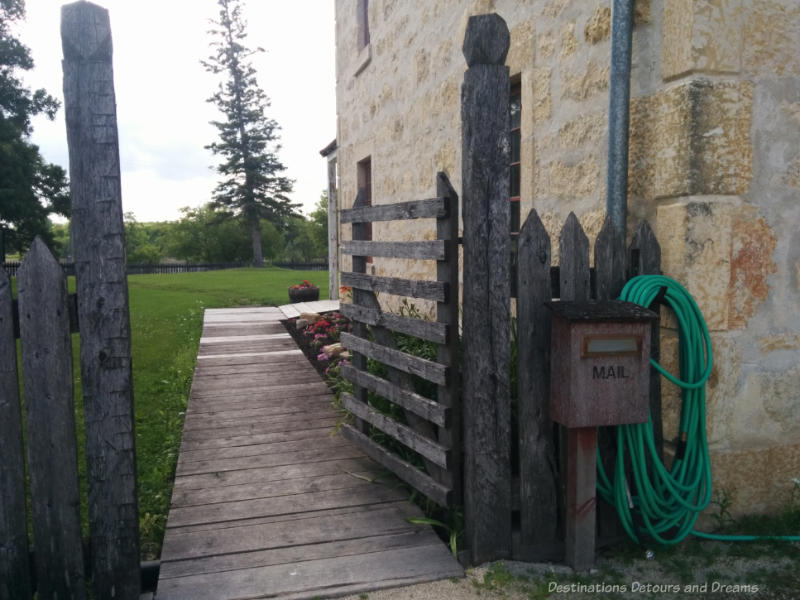
If you enjoyed this post, sign up for Destinations Detours and Dreams monthly e-newsletter. Get behind the scenes information and sneak peeks ahead in addition to a recap of the month’s posts.
PIN IT
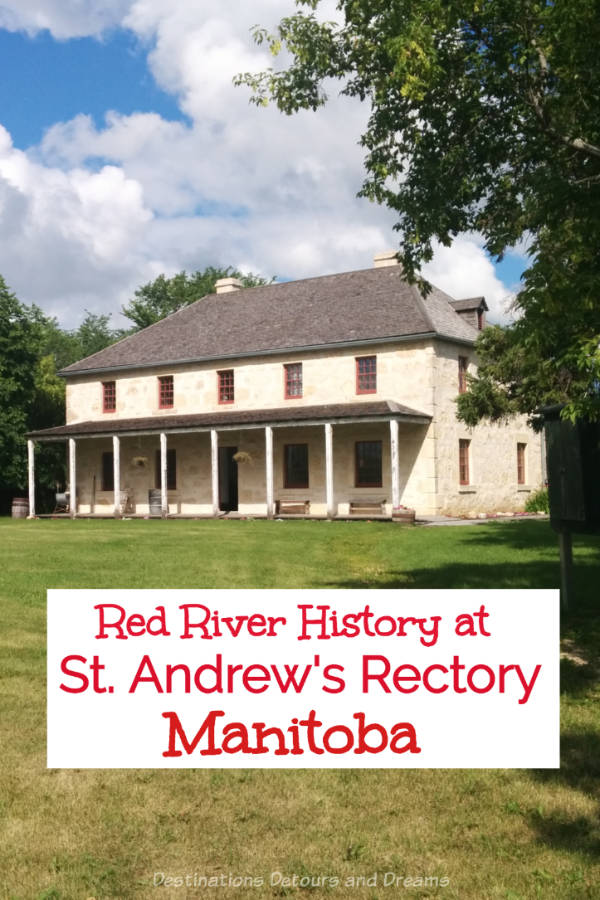

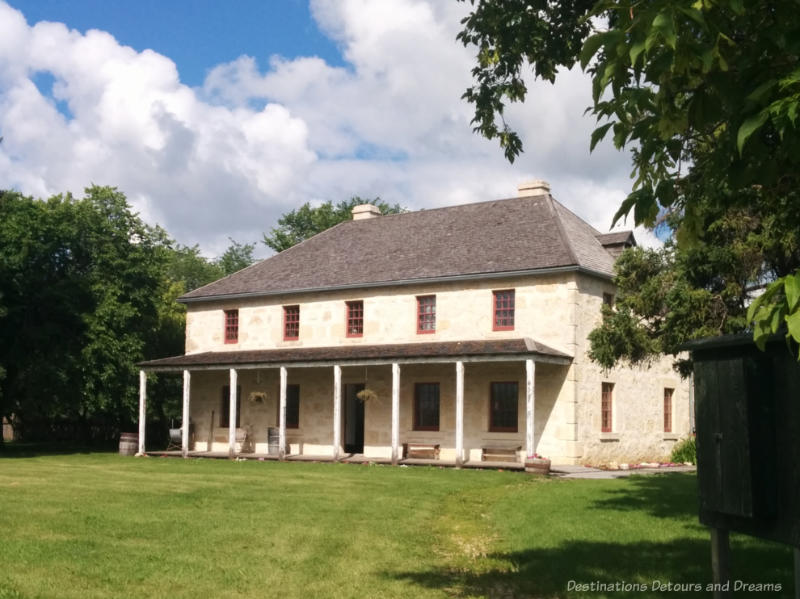

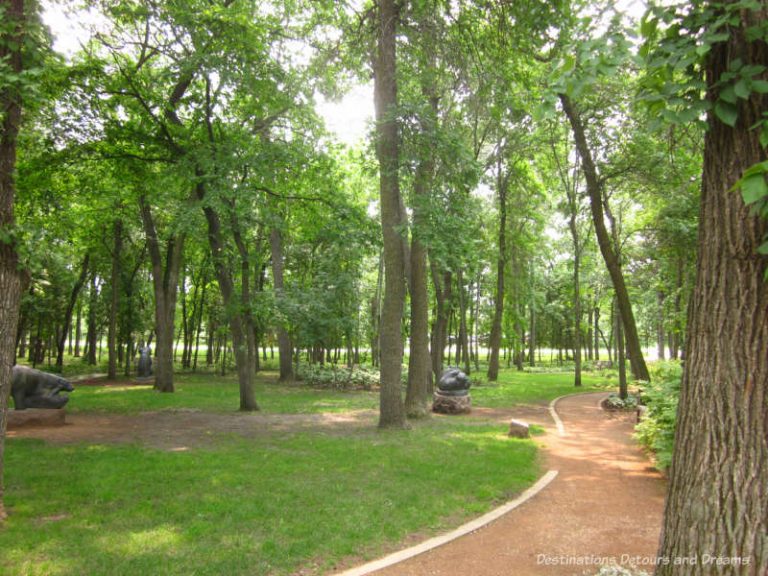
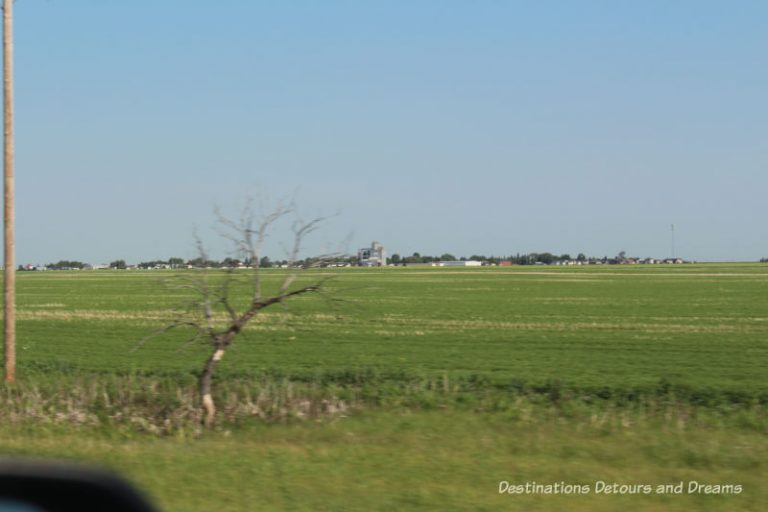
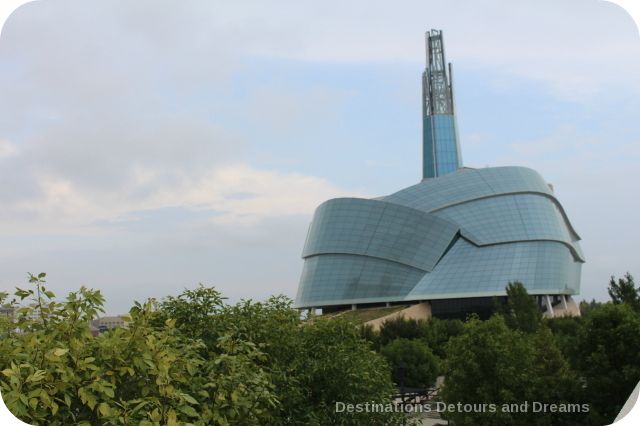
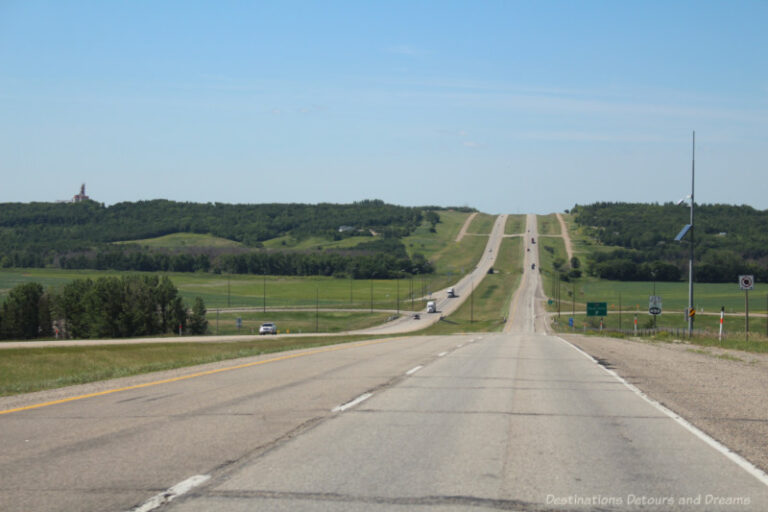
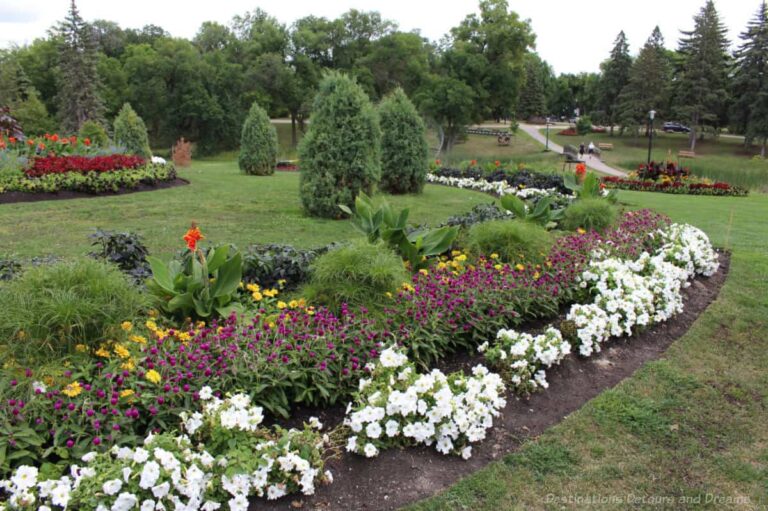
I used to travel past this building on day trips along River Road with my parents when we lived in Winnipeg and I’m very happy to hear that Parks Canada has restored it. It’s especially nice that admission is free so more people will be encouraged and able to visit. Great photos!
I remember visiting it years ago and I was to glad to hear it had been reopened. Not many places with free admission these days.
I love the photo of the wooden fence and walkway, great picture. How interesting that the Harmonium survived drowning and being carried back and forth between churches and looks well cared for. This is a wonderful place to visit and glad it’s restored so beautifully.
The wooden fence and walkway is my favourite photo from my visit.
Great post, Donna. It reminds me a lot of what you’ll see at Lower Fort Garry. We’re fortunate to have such well restored and maintained buildings so close to Winnipeg.
This is not very far from Lower Fort Garry. The list of scenic stops along River Road actually includes a 9th stop which is not on River Road but a few miles up on Highway 9 – Lower Fort Garry.
I love old historic buildings. It is so fun to see how they operated the home way back when. I especially liked your gate photo. Thank you for taking me to a place I will most likely never see in person!
You’re welcome Suzanne. I am fond of the gate photo myself.
Thank you for the tour. I love visiting ol buildings and learning about their history. I love all of your photos especially the one of the old stove!
There were some other interesting old things in the house. For example, an old wood heater in fairly good condition that a land owner found buried in his yard. It was left from an old barn fire.
I love off-the-beaten path destinations. What an interesting place and your photos are excellent!!
Thanks Marilyn. I too like off-the-beaten path destinations and especially enjoy finding them near my home.
Great photos! Some of those pots remind me of those in my Grandma’s kitchen. We don’t have a lot of heritage buildings in Canada compared with most of the world, so nice Parks Canada is preserving the Rectory.
I also think it is great the Rectory is being preserved. It’s scary though when you start to see a lot of things you recognize in museums about the past!
Coming from Philadelphia and being a history geek, I have a great fondness for old buildings and the folks who conserve and preserve them. Are the walls as thick as they look in the fourth photo?
The walls are pretty thick. It was obvious when we went through to the addition that had been built on the back when the gift shop is. They tried to keep the addition in the same style. When I went through the doorway I could see the thickness of the brick.
Nice post, I love learning the history of places like these.